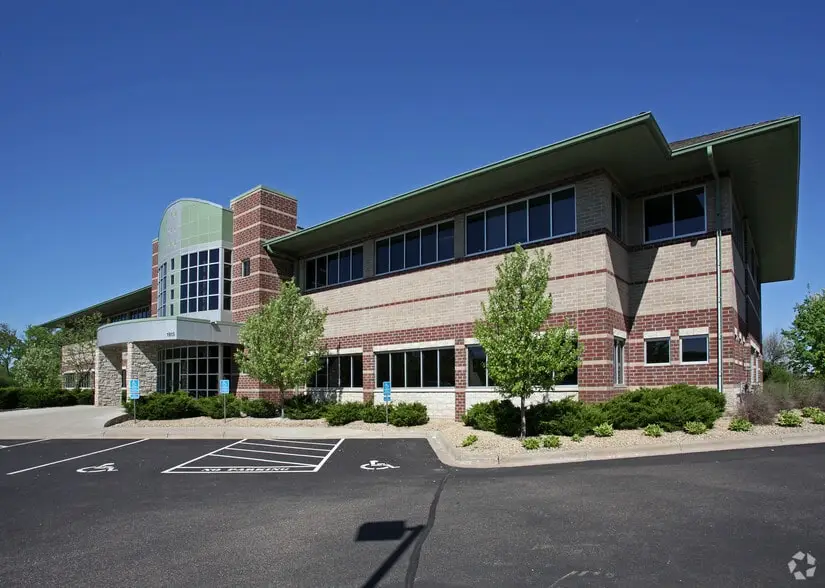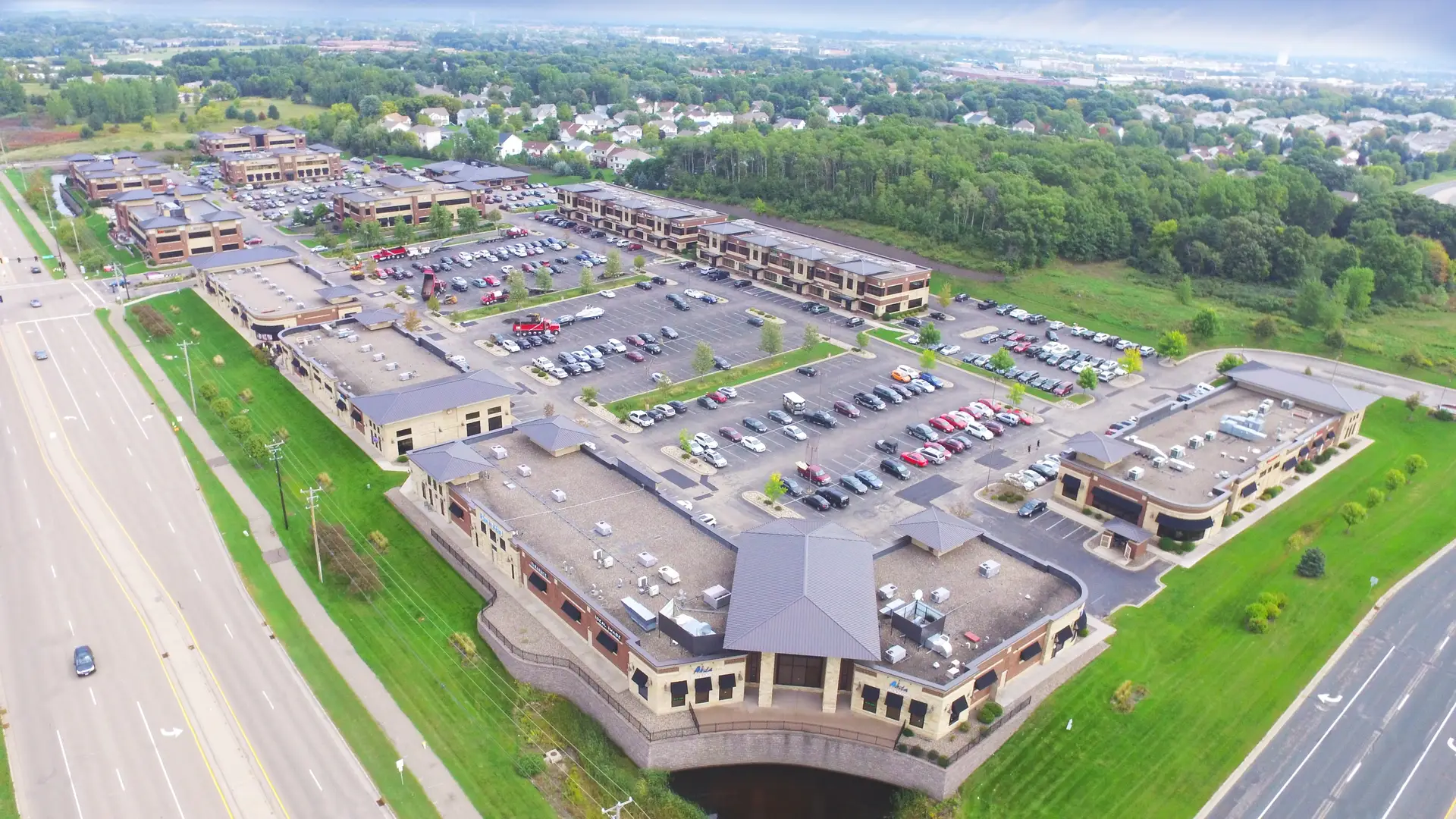Attract New Tenants with These 5 Alternative Uses for Vacant Commercial Space
If you’re struggling to fill vacant commercial building alternative uses this year, you’re not alone. Many commercial property owners are finding it challenging to attract traditional tenants for their offices, retail, industry, and other space.
To survive in a hard market, it is important to think outside the box. Here are a few alternative uses for vacant commercial space that could help you land your next loyal tenant.
Commercial Building Alternative Uses
1. Life Science Labs
Life science companies require a mix of office and laboratory space. If you’re willing to work with the tenant on the build-out, your vacant office space may be the perfect future home a biotechnology, food processing, or medical device firm. Your existing building may be a more attractive option to the right company than ground-up new construction.
2. Medtail
In a similar vein, your retail space may be the ideal home for a new medical office. The medtail model puts outpatient services in a retail setting. Not only is this convenient for consumers, it can open up an entire new tenant market for you. Medtail build-outs are relatively straightforward, and the new tenant may attract other medical businesses to your property.
3. Eatertainment
It’s eating. It’s entertainment. It’s eatertainment. The Twin Cities is home to several eatertainment venues (think CanCan Wonderland in St. Paul or Punch Bowl Social in the West End). If you have a big space to fill, a tenant that plans to combine a restaurant or bar with sports, music, or other social activities might be the perfect fit.
4. Glamping
If you have vacant land in a rural area that is awaiting development, consider marketing your property to potential glamping tenants. Glamping, or glamorous camping, is an increasingly popular way for non-outdoorsy people to enjoy the outdoors. Your acreage may be the ideal spot to attract vacationers.
5. Pickleball
Pickleball was 2023’s fastest-growing sport in the United States, so why not capitalize on the trend? Pickleball courts are popping up in empty big-box stores and other properties with tens of thousands of square feet. This is a great opportunity for commercial real estate owners looking to repurpose their vacant spaces.
For those who are unfamiliar, pickleball is a racquet sport that combines elements of tennis, badminton, and ping pong. It can be played both indoors and outdoors on a smaller court than traditional tennis, making it accessible for all ages and skill levels. The game’s popularity has exploded in recent years due to its ease of play and social nature.
With the rise in demand for pickleball courts, Commercial Building Alternative Uses owners are taking advantage of this trend by converting unused spaces into dedicated pickleball facilities. These spaces can range from empty storefronts to large warehouse buildings – as long as there is enough space to fit the necessary dimensions of a pickleball court.
For businesses looking to attract more customers or provide additional amenities for their tenants, adding a pickleball court can be a smart investment. Not only does it offer a unique and fun activity for patrons and residents, but it also presents opportunities for hosting events and tournaments that can bring in revenue.
Pickleball courts can also be a valuable addition to hotels and resorts, providing guests with another form of entertainment during their stay. They can even be used as an attraction for corporate team-building activities or family gatherings.
If you’re struggling to attract tenants, Clarity Commercial is here to help. Our property managers can help you market your portfolio and find the ideal tenant, even if they are outside the box. Contact Us Clarity Commercial today for expert property management advice.

For more information or to request a free estimate, visit their website at https://myclaritycommercial.com/ or give us a call at (952) 370-224-2699.
Affiliations & Credentials: We are proud members of IREM, CCIM and MNCAR along with various professional organizations and hold relevant certifications in the real estate management field. Our affiliations and credentials demonstrate our commitment to excellence and our ongoing efforts to stay up-to-date with industry best practices.













